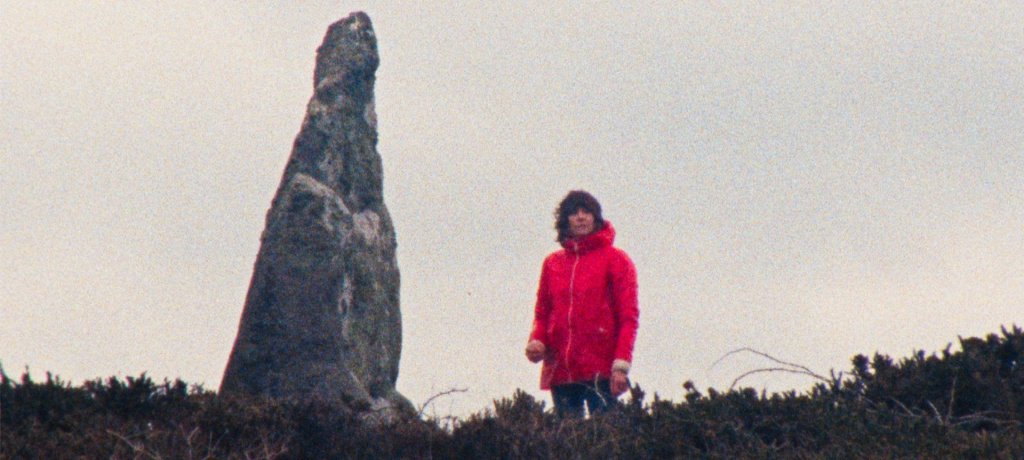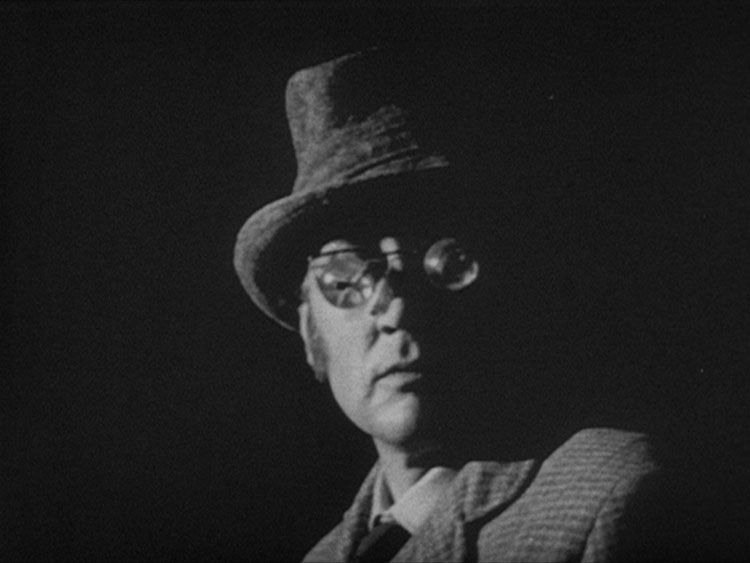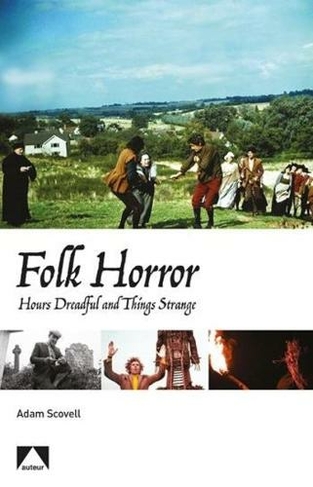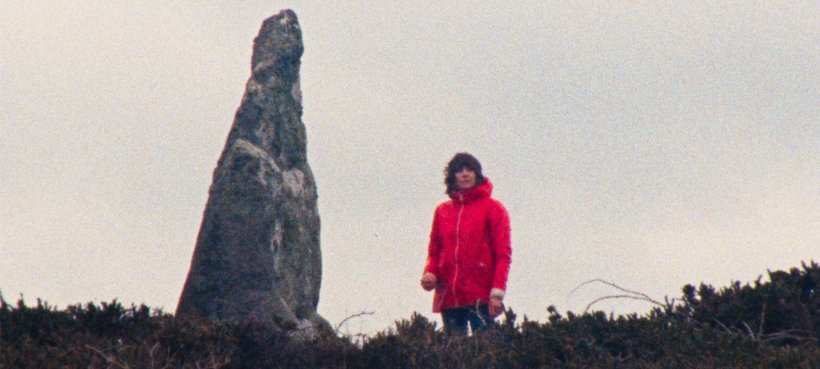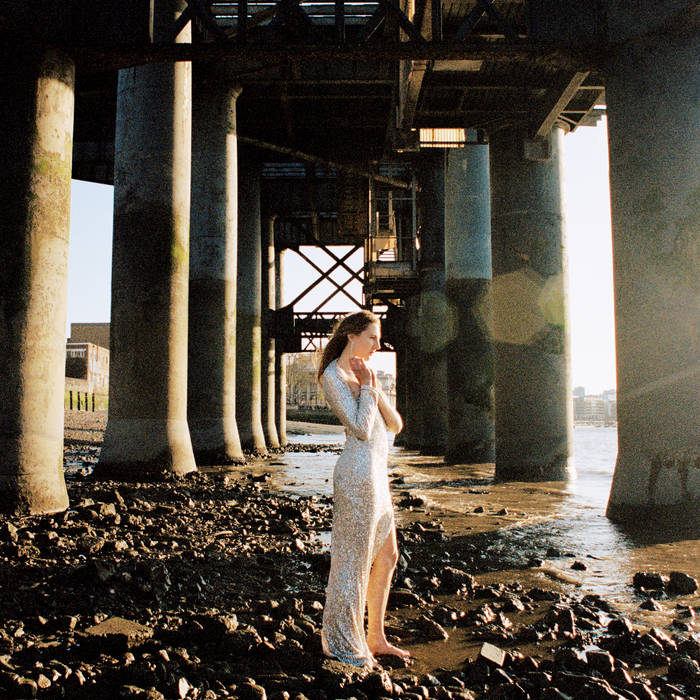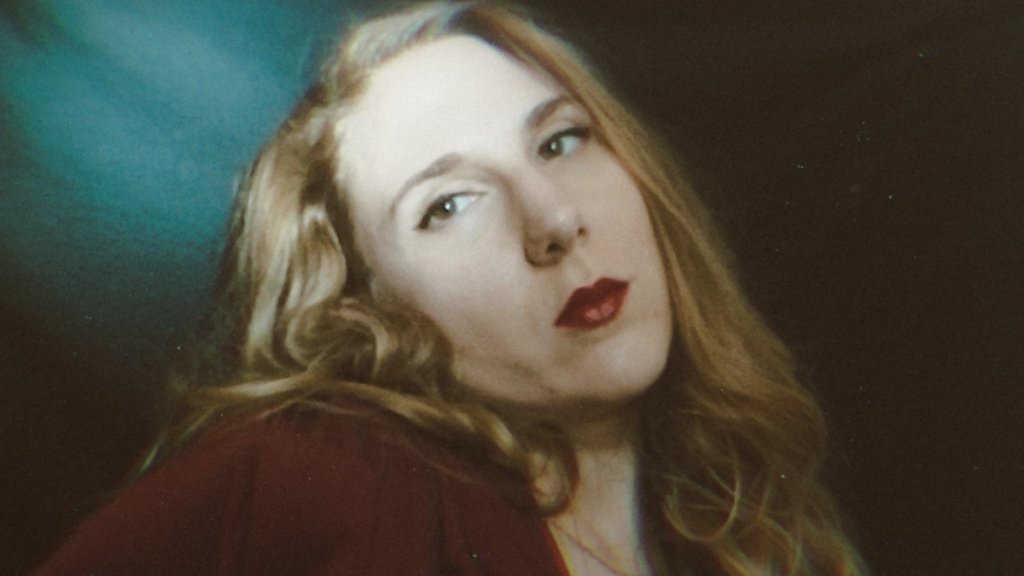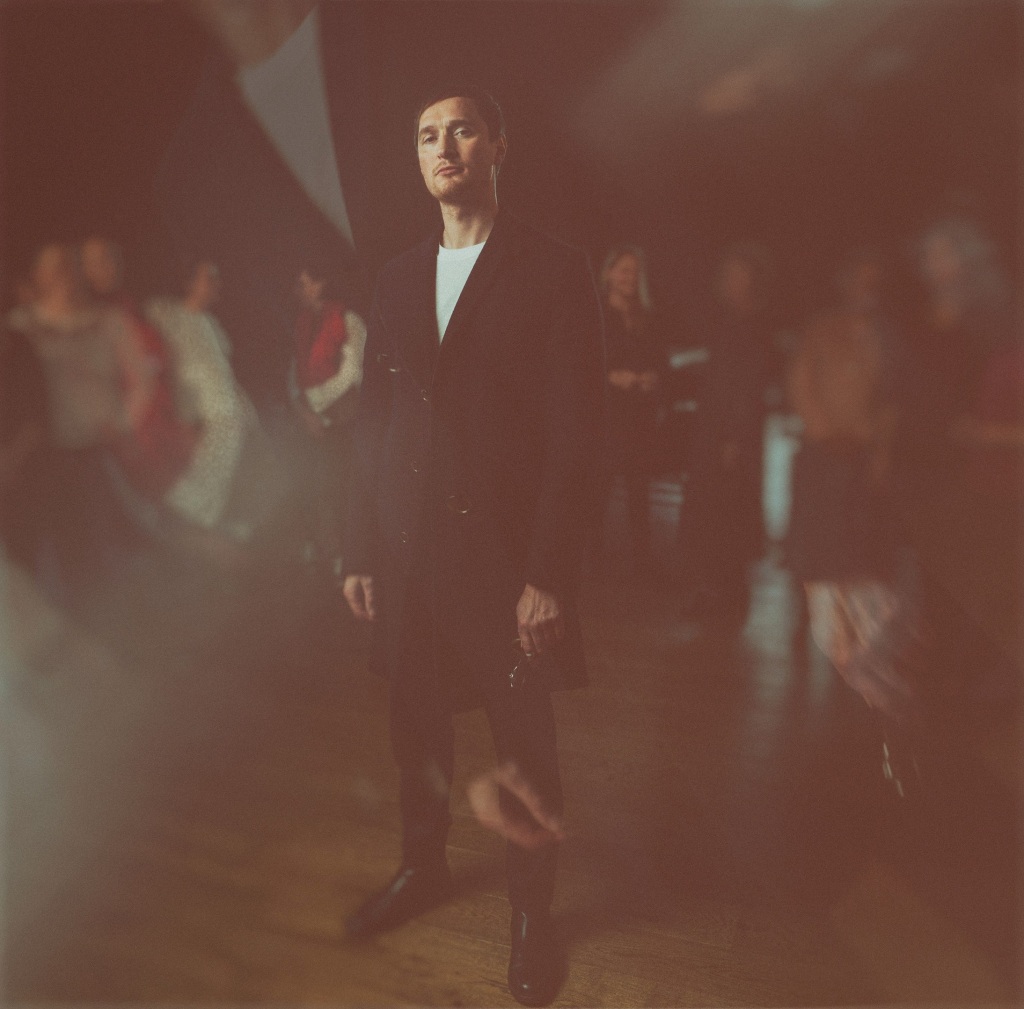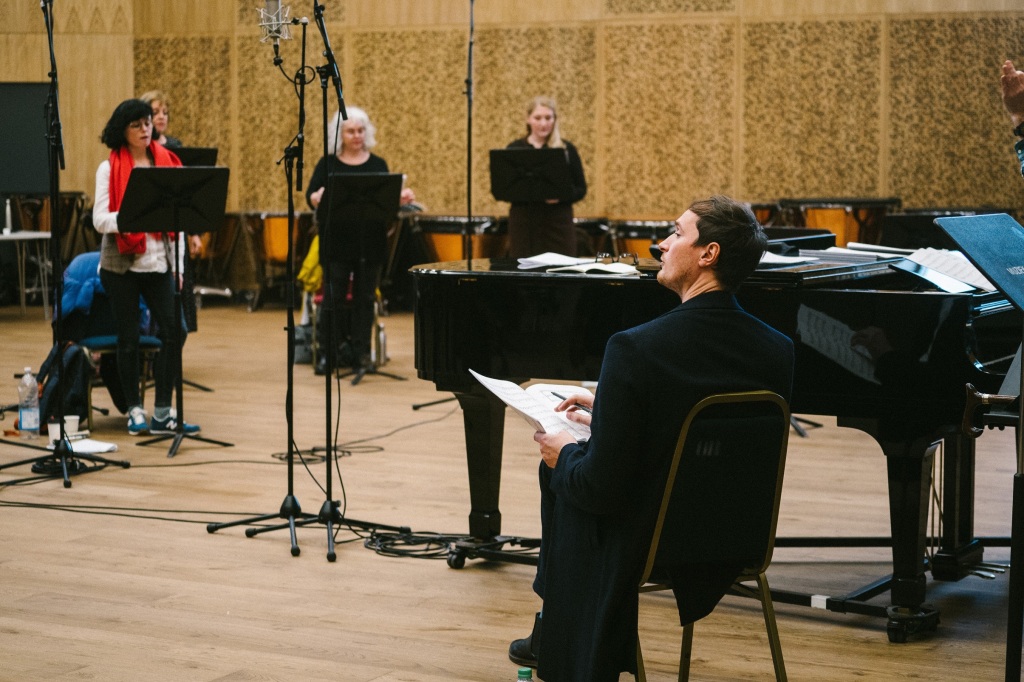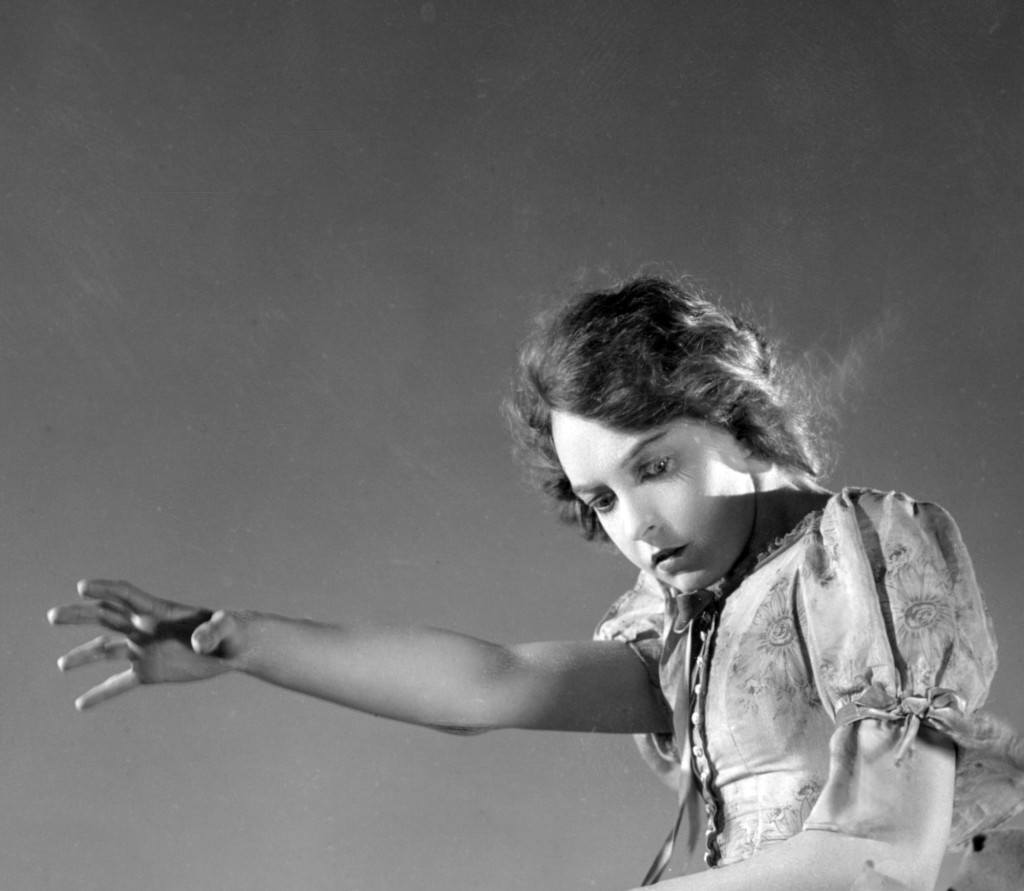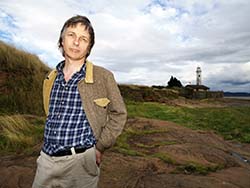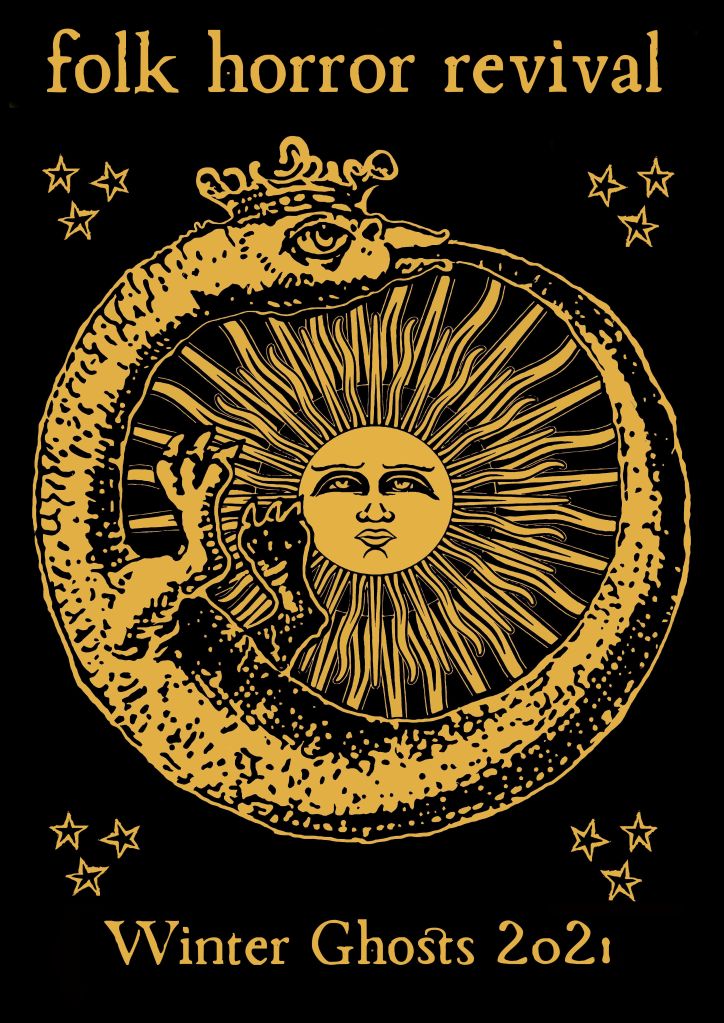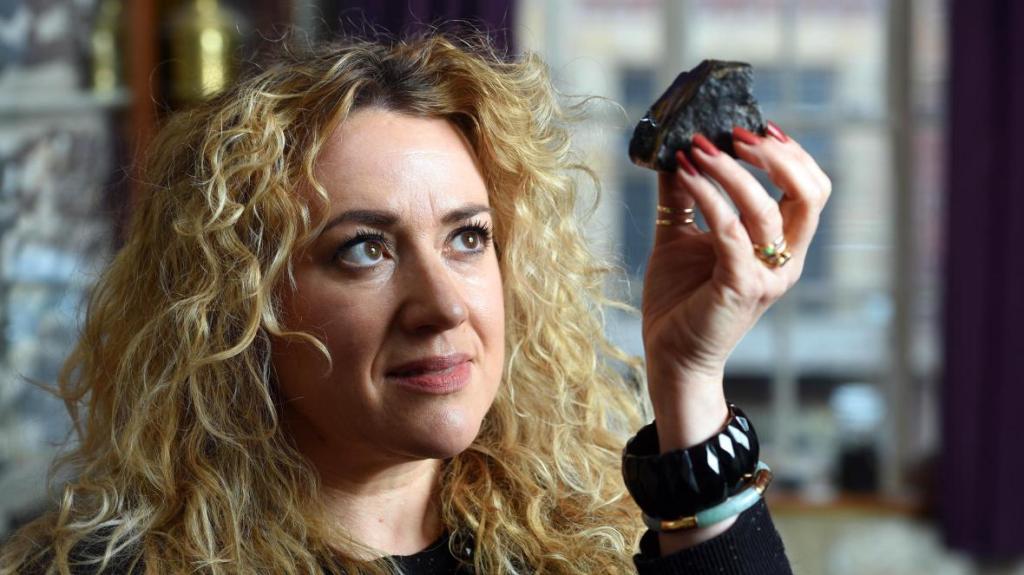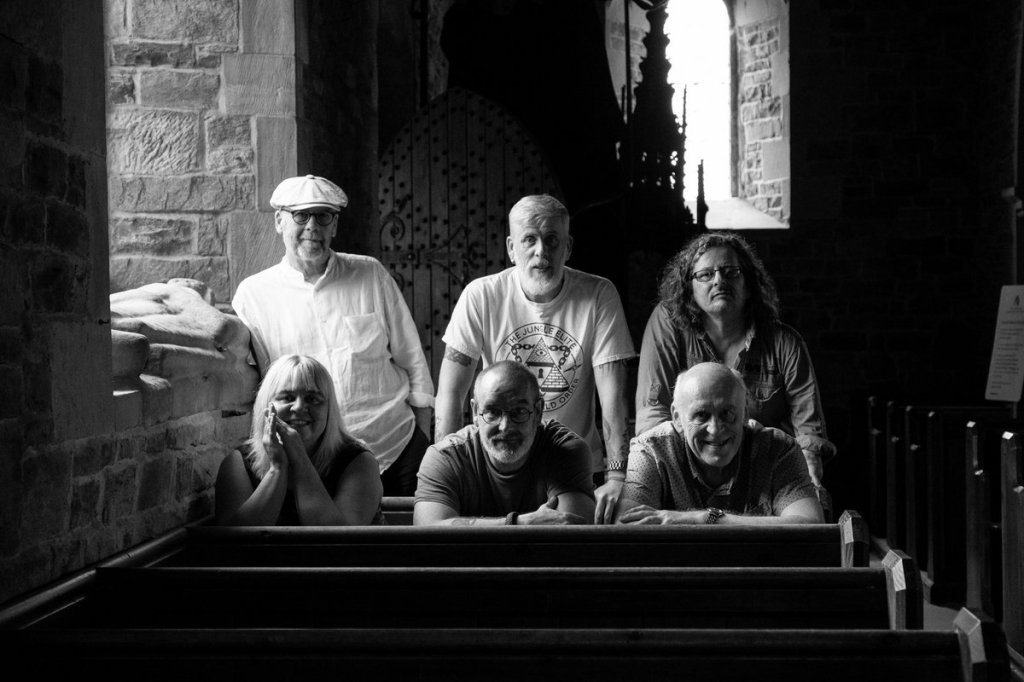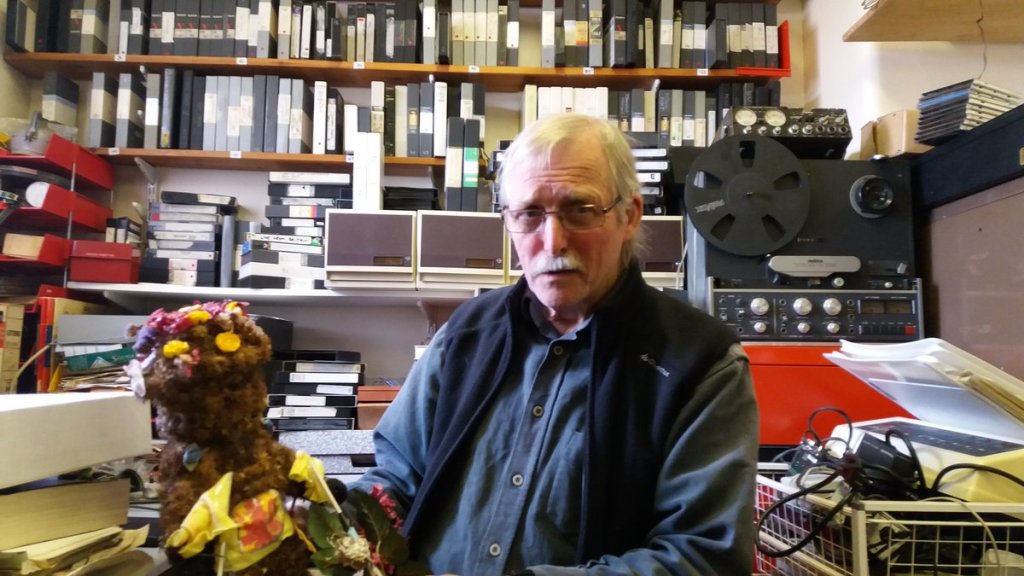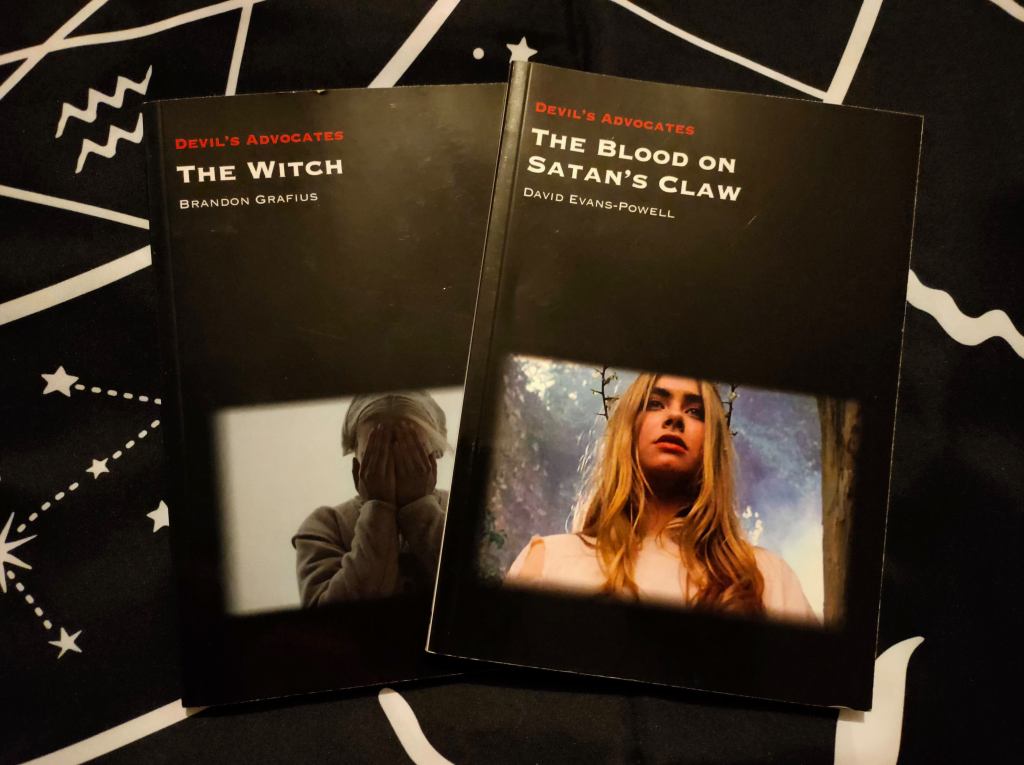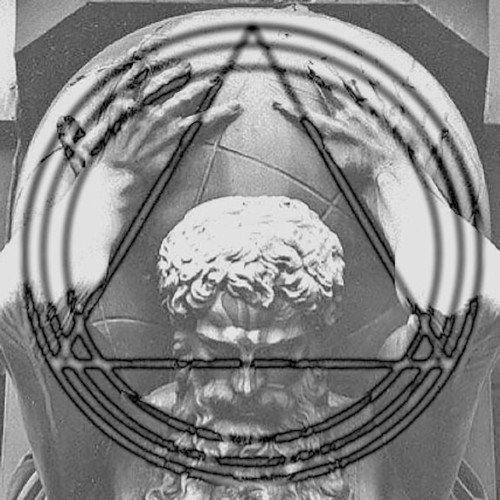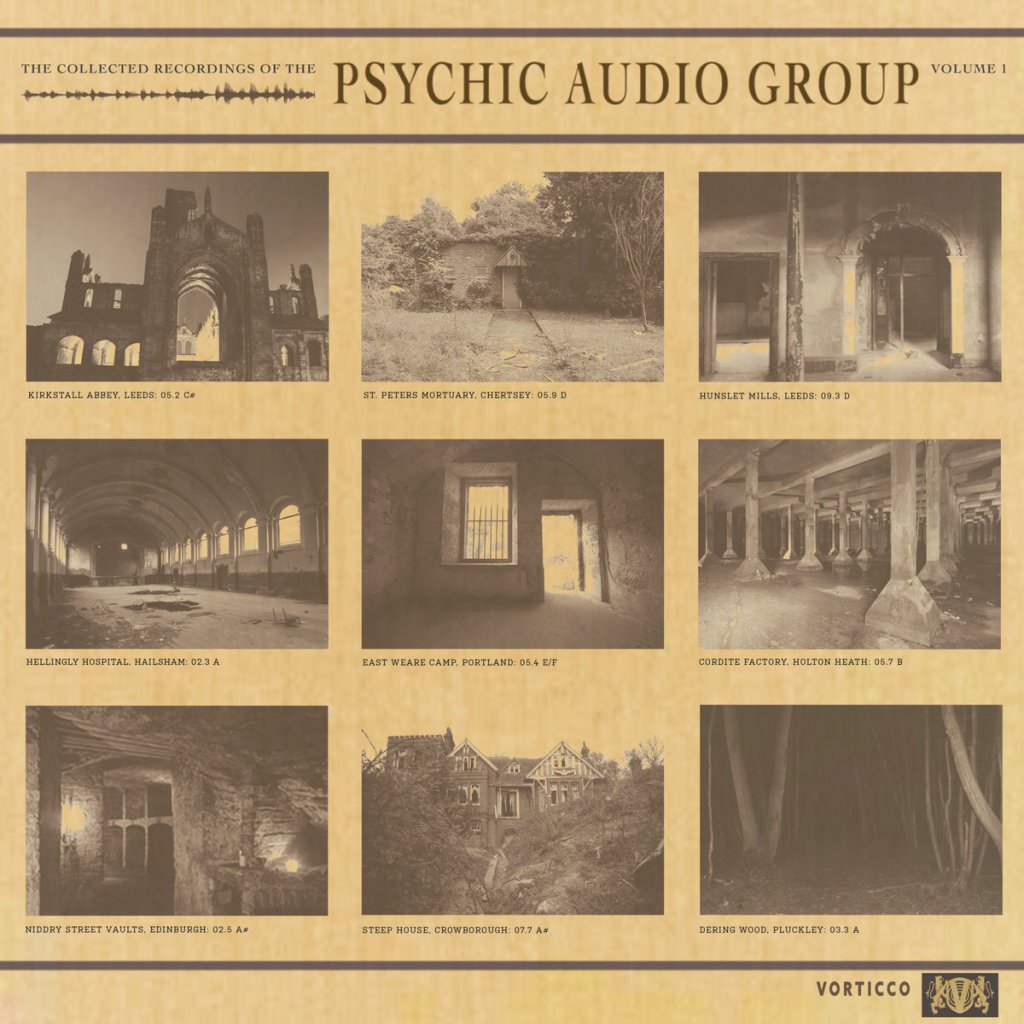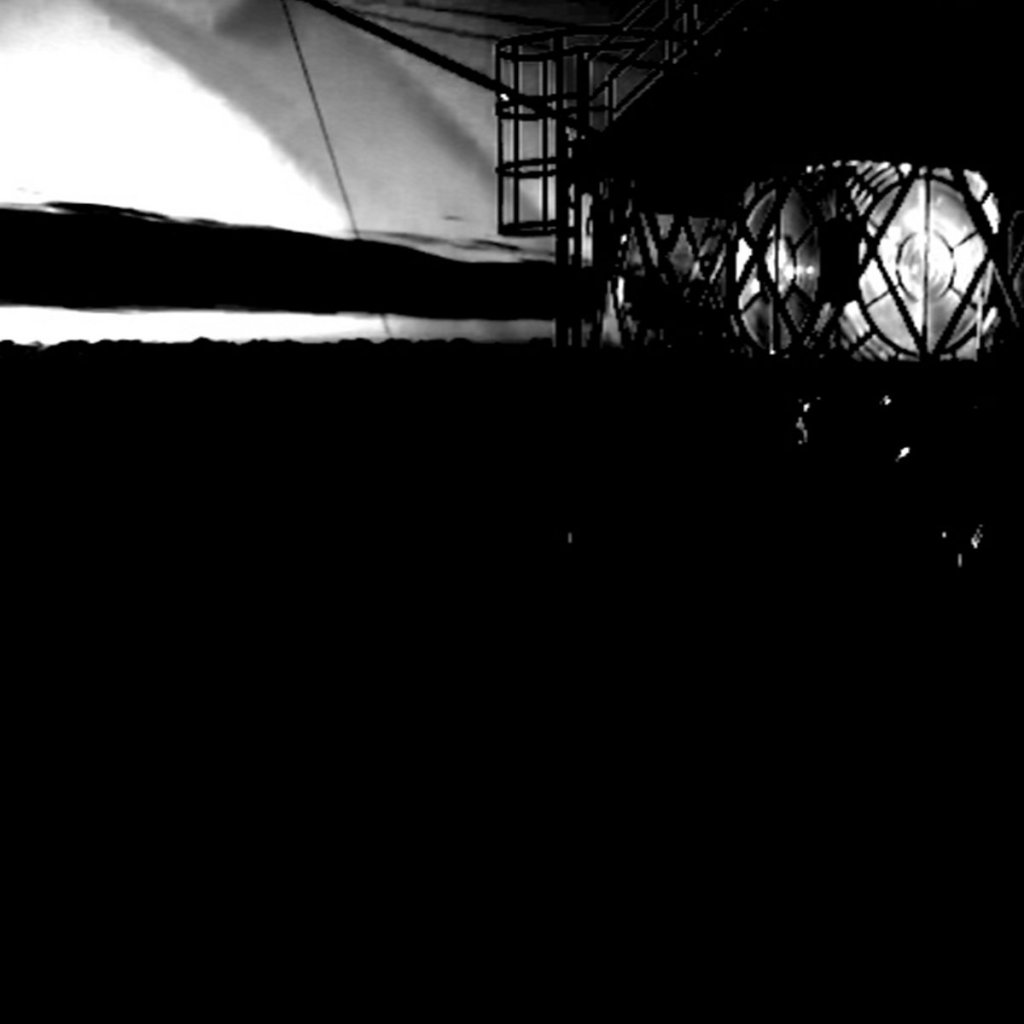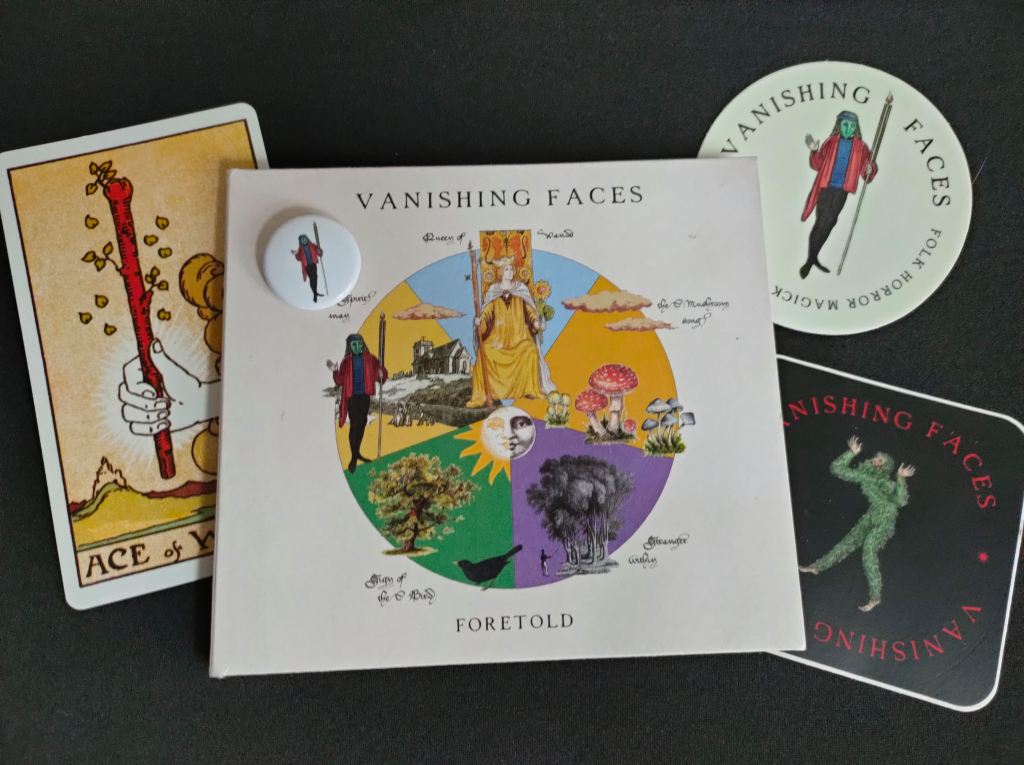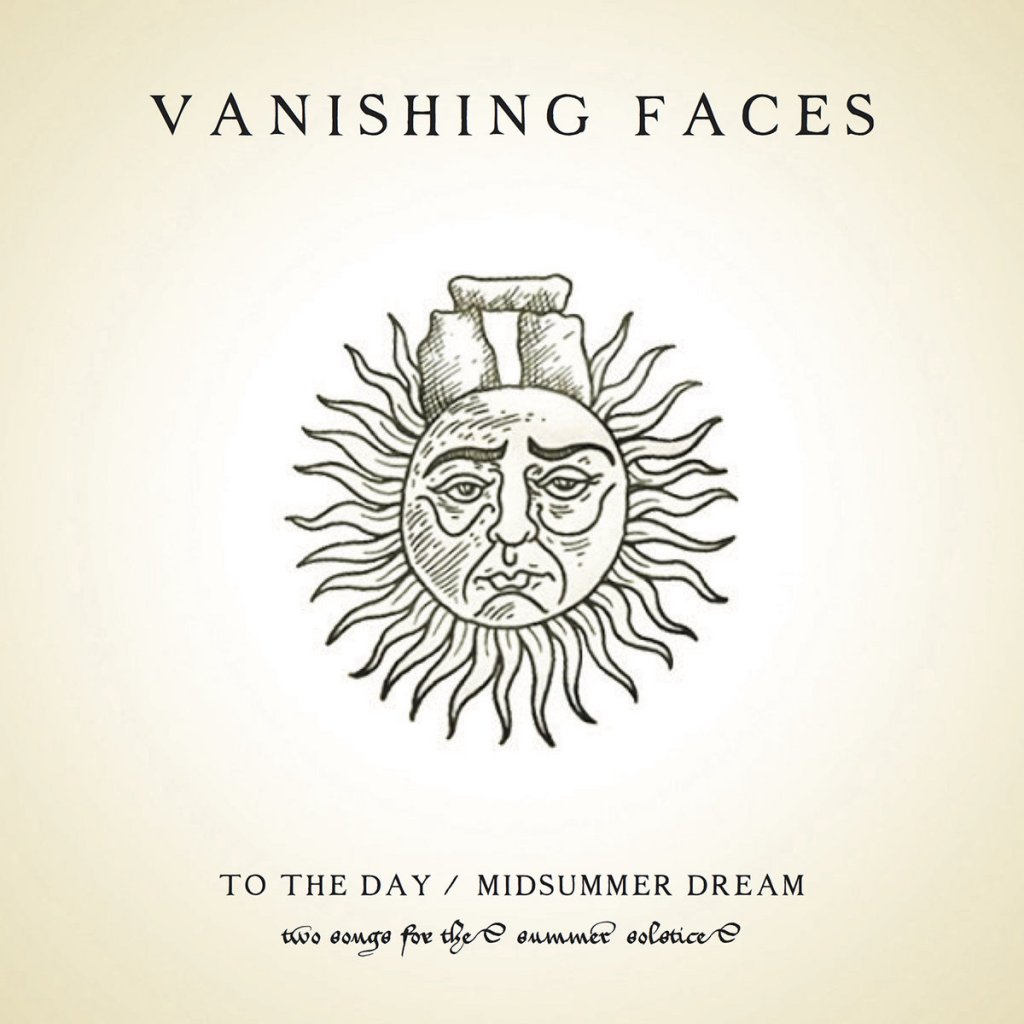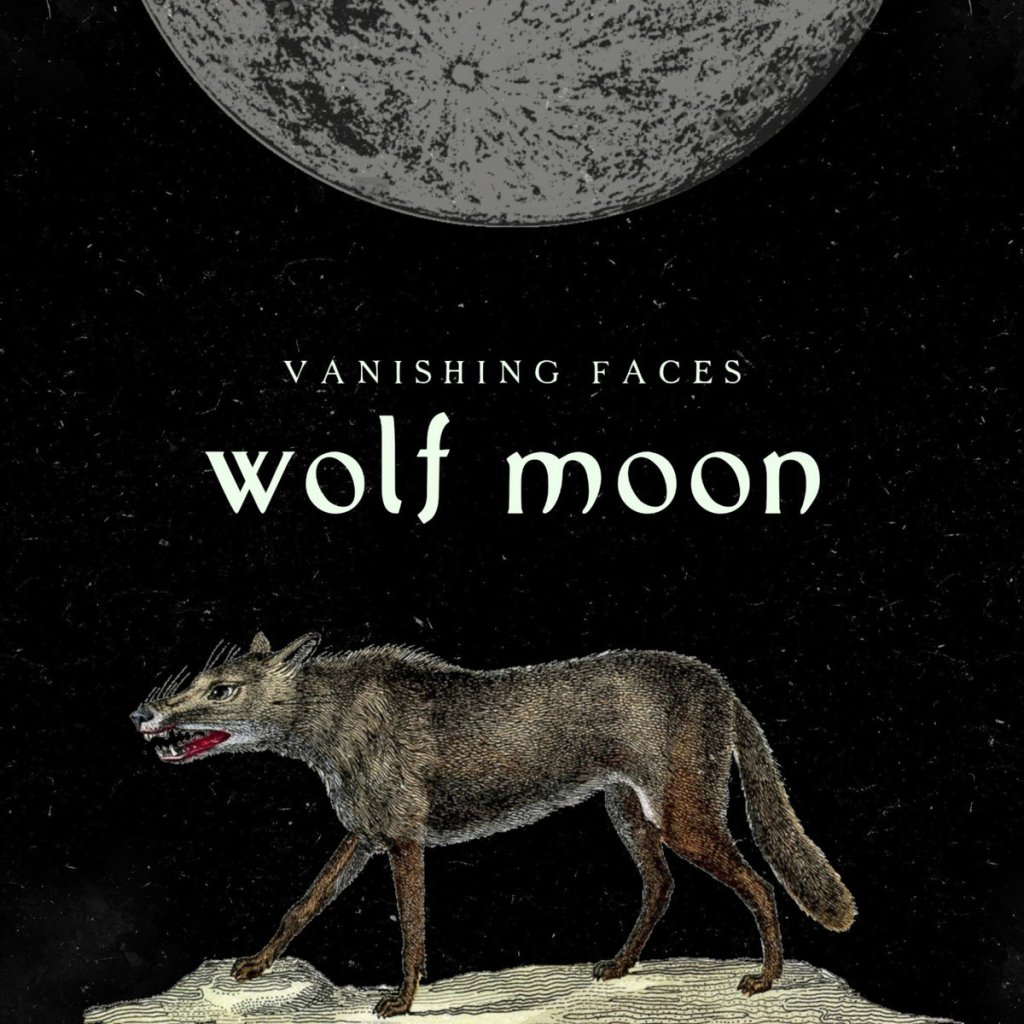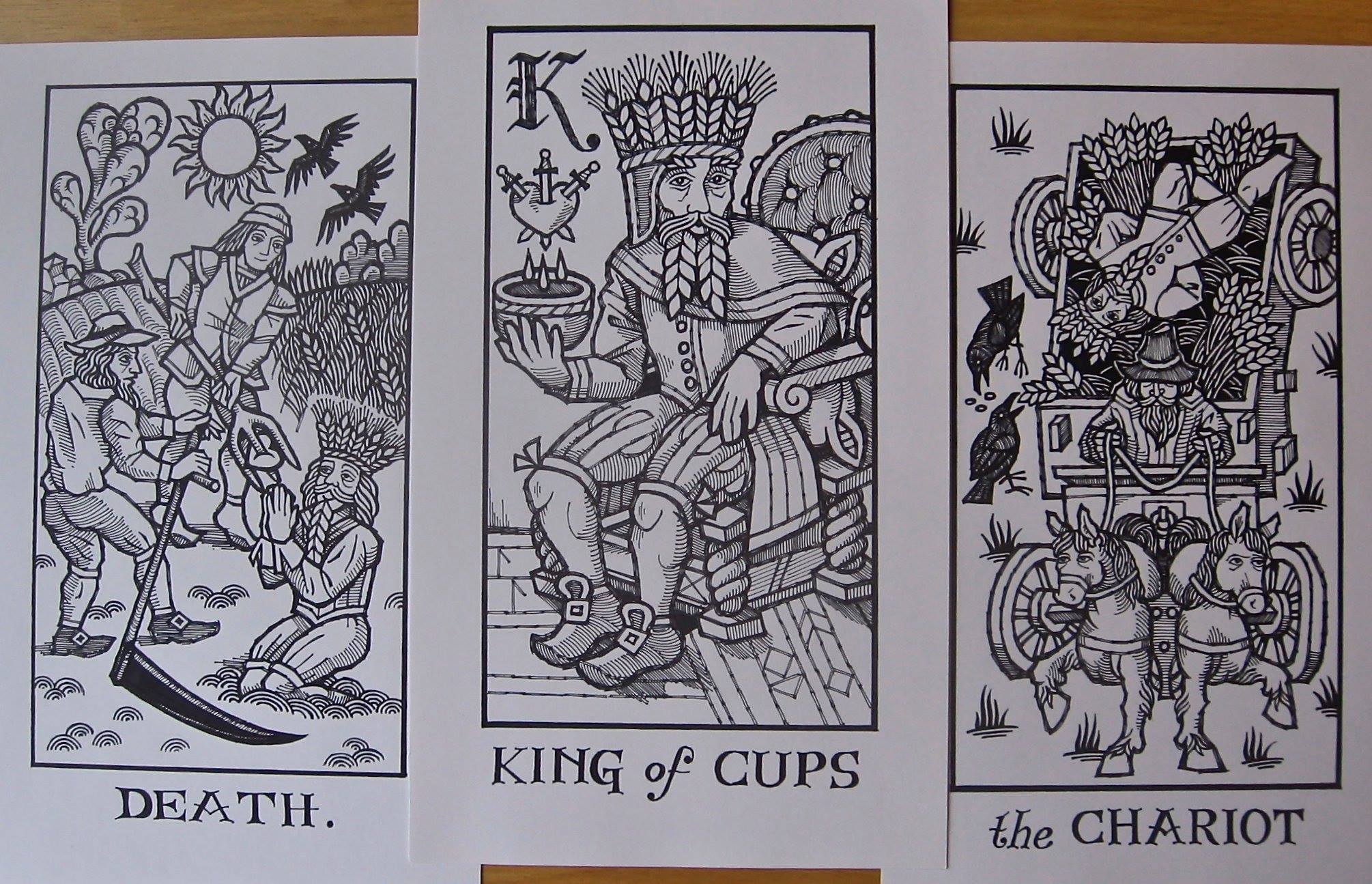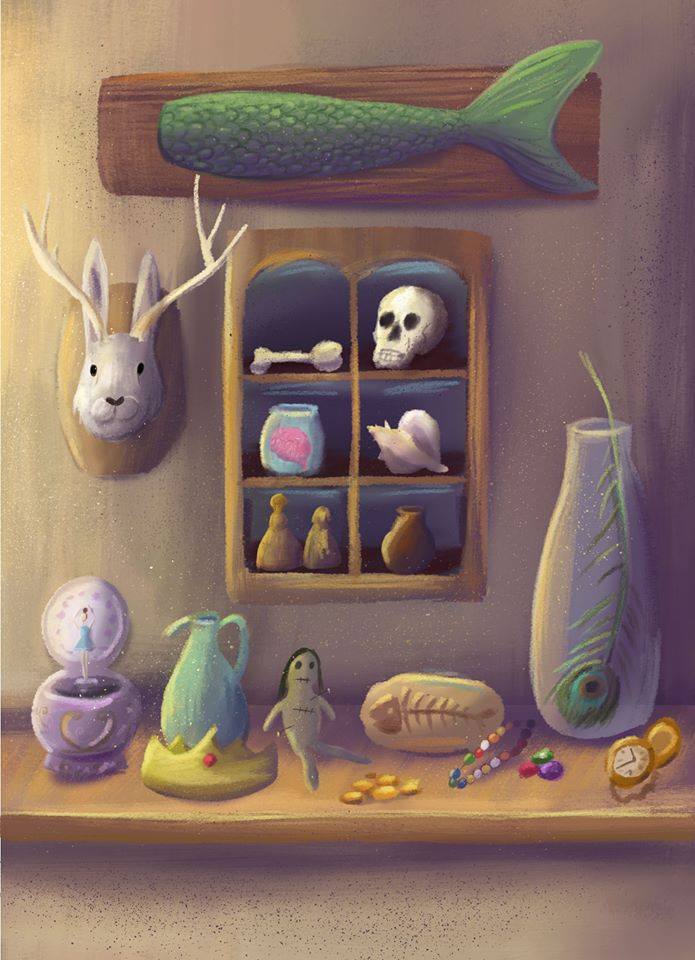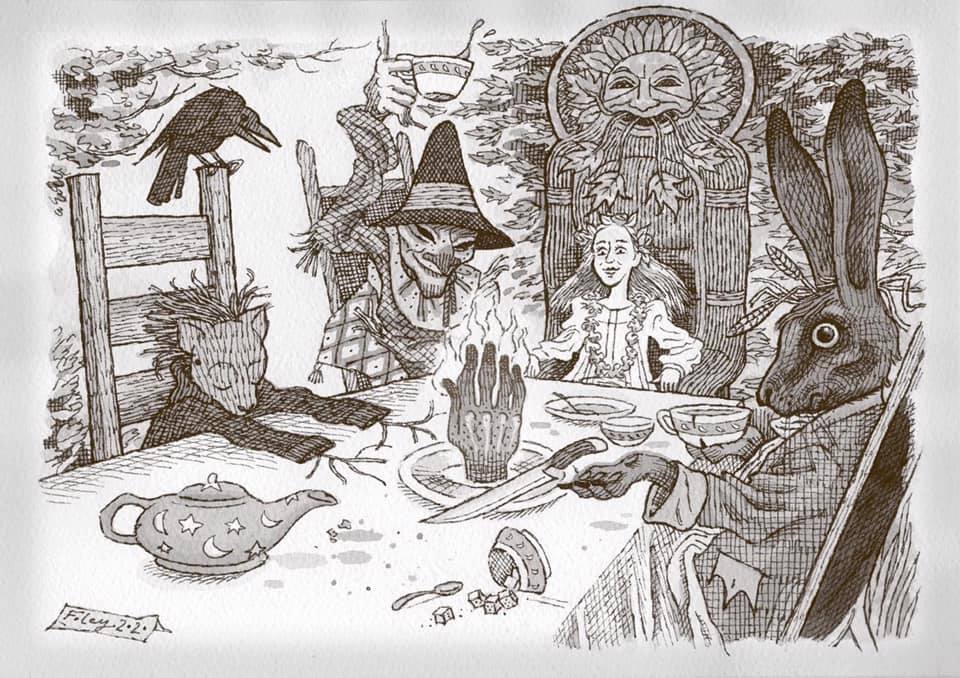
Pilgrimage is experiencing is a revival. Many of the currents which animate this resurgence also pulse through the veins of the Folk Horror Revival. A re-imagining of our experience of the landscape. An uncovering of forgotten paths. An openness to explore strange edges and the fascinations of writers such as Ronald Hutton and Robert Macfarlane. FHR’s John Pilgrim was the natural person to enquire about these shared currents and the work of the British Pilgrimage Trust more generally. His interview with Will Parsons of the BPT took place in 2019 and takes the reader along some curious paths.
FHR: Please can you explain the background to the formation of the British Pilgrimage Trust?
The British Pilgrimage Trust was formed in 2014, initially as a Charitable Trust, and since 2017 as a Charitable Incorporated Organisation (1176035).
There are many reason why the BPT came into being. As I see it, the lack of accessible pilgrimage in Britain was getting silly, which annoyed the Universe.
In personal terms, a more immediate reason for founding it (with Guy Hayward and Merlin Sheldrake) was what happened when Guy and I went for a walk to the source of a song.
I met Guy the year before at Rupert Sheldrake’s house (the scientist behind the ‘Morphic Resonance’ theory, and the BPT’s first patron). Guy had seen my wandering minstrel work and wanted to go for a walk. I offered the plan of walking a Romany Gypsy song back to the place it originated.
The song was called The Hartlake Bridge Tragedy, and it was written in 1852 about 37 hop-pickers who all died when a bridge collapsed over the River Medway. In one family, three generations were lost. Upkeep of the bridge had been the responsibility of the Medway Navigation Trust, local businessmen like the Mayor and his pals. But the hop-pickers were poor Irish and Gypsy itinerant labourers, not the sort of people who could expect too much justice in Victorian England. Sure enough, at the Inquest the Navigation Trust was absolved of all blame.
A subscription was taken up, which raised enough for a small concrete memorial, ambitiously said to resemble an oast (a building in which hops are dried). All 37 are buried there.
But the most moving survival of this tragedy is a song, written by family members. Its melody lilts jollily, while its lyrics hang heavy with coded social protest. It is a strange classic. The song reached me via the song collector Sam Lee, who learns Romany folksong from its living lineage holders. It was never really any good for busking, but you know how it is with songs – once in, you can’t unlearn them. So I suggested to Guy that we take this song home, by walking it from my house to the bridge where it happened.
Guy agreed, and we prepared. He was not ready. He didn’t know that boots can keep out water, or sleeping bags zip up. He came straight from 23 unbroken years of school – education-old but world-young. I have a ‘before’ and ‘after’ photo from this walk, and you can see his eyes go from screeny to hawkish.
We walked, and the journey was strong. We met the right strangers, some who taught us songs, including the bedtime lullabies that an 80 year old ex-Methodist minister sung to his Dementia suffering wife. We met an ex-Eastenders star who would not sing, and Kent’s oldest Yew trees at Ulcombe. Guy had boots that didn’t quite fit his feet, so he had blisters within the first half hour, but I knew the right leaves and we kept walking. We slept in the woods, filtered water from streams and cooked on fires. It worked.
At this point, nobody I knew was talking about pilgrimage. I had spent ten years as a wandering minstrel, a ‘close-but-definitely-not’ pilgrim, and as such I had never made a journey with such a specific destination, or so clear an intention. My multi-month walks had always been ‘West’, ‘to Cornwall’ or ‘to Wales’. But now I knew exactly which bridge I was going to, and what to do when I got there. I had always believed such a model of journey-making was inferior, a contrived version of wayfaring with insufficient liberty – but I soon found myself wrong. It turns out that the limitations on the journey enabled a tightening of the field, to allow co-incidence to flourish. It really worked. Having an intention and set destination was like tightening the strings on a fiddle – suddenly everything hummed with new intensity and harmonic potential, and we could sing along.
The best example came at the journey’s end. Not at the bridge itself, where things got a bit strange, but before that, at the grave of the dead hop-pickers in Hadlow village church. We arrived here after five days walking, to find two other people stood graveside. This is rare in a Kentish churchyard. So we asked – gently – why they were there at that time. They told us that they were related to three of the hop-pickers who had died. We were amazed. Did they come often? Never before. So we asked if we might sing the song? They answered: what song? They’d never heard of it. So stood over the bodies of the hop-pickers, beside their living descendants, we sung the song. And it was the most incredibly resonant connection to realise that we were not returning the song to a river, but to its bloodline.
I can still feel the shocking wholeness of this moment, the comforting echo of its extreme unlikeliness. The song had become (had always been) a gift from the dead to their living descendants, given through generations. For me, this moment first triggered my understanding of the framework of pilgrimage, as a journey on foot with an intention and a holy destination.
After the graveyard, we walked to the bridge, where we met old Mother Medway, in the form of a fearsome rambling shell-suited lady with a muzzled Jack Russell cross. The dog was eating other dogs’ poo, and its muzzle was smeared foully, but the lady, who kept disappearing into bushes then reappearing in different places, repeatedly asked Guy to ‘touch the dog – go on, touch him, just once’. Guy did not. I’m still not sure if he passed the test or not.
We nearly came a cropper soon after, when I was inappropriately trying to film us singing on my phone and mini tripod. We began to discuss keeping our pilgrim staffs, rather than flinging them into the river (as a gift). We had intended to, but now fancied holding onto them. But as soon as we said this, Guy banged his head against the bridge, although he was stood still and looking right at it, and my tripod leg pinged off, sheared clean away. The sun went in, and up rose a confused awareness of imminent threat. Translating this, we realised we could not retract the promised gift, so we gave our hazel bodies, with a whoosh and plop, to be claimed by River Medway.
This was the first time I had ever made a pilgrimage that ‘worked’. And in the greater journey of life, the timing was good for me. Wandering minstrelsy had dried up (everyone had children). And this new (ancient) pilgrimage format of setting an intention and destination seemed to lead me straight back into that parallel Britain, the good old land beyond the tarmac and supermarkets.
So the BPT was formed, in an attempt to renew Britain’s pilgrimage tradition. We vowed to remain a spiritual organisation, as well as a tech start-up, and a social movement. We would remain independent of affiliations, belonging only to ourselves, but welcoming faiths and non-faiths equally. It seemed like the fruitful middle ground, in fact the whole plateau of pilgrimage in Britain, had been left abandoned. It was an opportunity just waiting to happen, with potentially huge benefits. What else could there possibly be to do?

FHR: What do you hope to achieve through the formation of the Trust and what are your hopes for the future?
To me, the BPT was a way to give my dreams respectability and efficacy. This started off as ‘The British Pilgrimage Revival Trust’, until original Trustee Merlin Sheldrake advised we cut Revival out: “People need to know that pilgrimage never went away!”.
What is great about a charitable trust is how easily they can be set up. You simply need a constitution (downloaded off google and adapted) with aims that benefit the public. Then you need three trustees and a witness, some signatures and a tenner in an envelope, and you legally exist as an unincorporated Charitable Trust. We got a friend to make us a logo for £20, and we built an ultra-simple website. Help started to come.
I hoped that this organisational form would let us present pilgrimage with clarity and authority in its simplified universal form (an intentional journey on foot to a holy place). It seemed to me that the main reason pilgrimage was not already happening in Britain was its confused religious affiliation. Was it Catholic? Christian? Pagan? Humanist? Could Muslims and Hindus and Atheists do it? Who was making up the rules? Who was is in charge? It seemed no-one was. So we decided to be.
The vision was to offer an inclusive and unifying centre space for British pilgrimage. I hoped for many more people to travel on foot, connecting the holy places of our landscape – the hilltops, ancient trees, stone circles and river sources, as well as the chapels, churches and cathedrals (of all faiths). Britain’s holy places I see as a single unified pilgrimage landscape, to which we all share access (and responsibility). The BPT’s aim was to help more people walk slowly among these beautiful, powerful and spiritually brilliant places in Britain.
Of course, pilgrimage is a universal human tradition, used throughout history, and no more ‘belongs’ to a single faith (or non-faith) than ‘music’ does. It’s a common inheritance, probably used by people of every imaginable belief (and many more. And in modern Britain, success seemed unlikely if we tried to promote pilgrimage under the flag of a single faith, which it seemed would inspire as much opposition as unity. So I found a canny acronym called OTA – Open to All (with the optional tagline: Bring Your Own Beliefs). This seemed to enshrine the universalist approach to pilgrimage that reflected Britain’s modern diversity of beliefs. OTA would enable everyone, whatever their faith or non-faith, to feel they owned this pilgrimage tradition. But we were also keen not to reduce the activity to mere non-spiritual ‘hiking’, to cut out spirituality for fear of excluding non-believers. I think this OTA solution works well.
Another key ambition for the Trust was to solve the problem of low cost pilgrim accommodation. The problem is simple: there isn’t any. While a wandering minstrel, I had either slept in strangers’ houses (with permission) or the woods (without). But that could not scale up. So there were two possible solutions: pilgrims sleeping in churches, which is currently a scheme afoot, and about which I’ve said a lot elsewhere – and Pilgrim Acres, wild-camping shrines to host pilgrims in new-planted ‘sacred groves’ with borehole-dug ‘holy wells’. I still cherish this dream, of a wild green pilgrimage infrastructure to be forever Pilgrims’ England. This network of Coldharbours would be grown from bare fields, a re-greening and OTA monastic movement of sacred woodland hospitallers. This scheme has not yet come into reality. But we shall see. Can you help?
One of the BPT’s main ‘actual’ projects is our flagship route, called the Old Way, a path found on Britain’s oldest road map. I walked this twice last year (it takes 3 weeks) and I am trying to get it waymarked and a guidebook written, with re-opened ancient holy wells at its start and end (Southampton and Canterbury). Other BPT projects include a database of all Britain’s pilgrimage routes, and micro-pilgrimages to every British cathedral.
In truth, the BPT’s ambitions are large. Probably endless. But it’s not pilgrimage if you don’t have a decent holy place to aim for.

FHR: You have an intriguing and impressive range of Trustees. The interest of Folk Horror Revivalists is likely to be piqued by the involvement of Ronald Hutton who brings his expertise on ancient and medieval paganism and witchcraft; Robert Macfarlane who many Revivalists will know from his writings on landscape and his essay on the Eeriness of the English Countryside in particular and Philip Carr-Gomm, Leader of the Order of Bards, Ovates and Druids. It is most refreshing to see the inclusion of such figures as part of a broad church approach to pilgrimage. Can you say a little about your thinking for their inclusion and the scope for opening up a broader alliance of perspectives?
Pilgrimage is to my mind a kind of universal yoga that spans human cultures and traditions. It is the quest, the fool’s journey, the labyrinth at large. And this dynamism is particularly suited to Western folk, the restless people, seekers of holy grail, people of Odyssey. Our heroes do not sit still and go inward, but roam outward, over the hills and far away.
But pilgrimage, Britain’s popular expression of this itinerant impulse, was banned in 1538 as part of the Protestant Reformation. The shrines were dismantled, the shelters demolished, and the whole premise made criminal. Much was rejected violently in a short time. This was a traumatic and harsh change, and had left a lingering toxicity and sad disenchantment about the practice, which has lasted almost 500 years.
So with the intent to refresh the tradition, the BPT claimed the open middle ground, as a space from which to host the revival of British pilgrimage with radically inclusive (but deeply traditional) accessibility. It simply doesn’t make sense to limit the practice into small cultural groups. When everyone in Britain was Christian, in the Middle Ages, pilgrimage was obviously a Christian practice. But now Britain is plural and diverse, so must pilgrimage be. Or it will simply continue to not happen. This is obviously not the case in Spain, where the Camino remains a Catholic church project. But this is Britain, and we had Henry VIII, so ours is a different story. I believe that OTA is how the best of all worlds can be included and expressed of the pilgrimage tradition going forward.
Within its journey form limits, pilgrimage enjoys free-form rituality. Almost anything can happen. Your church is the world as it unfolds around you. The guides are not dressed differently. They may not even be human. They may not even exist outside your own mind. Buy you’ll meet them, as the path you follow reveals the encounters you need. What you make of these is up to you. Pilgrimage is a creative act. You take a pill or a holiday, but you make a pilgrimage.
In an OTA format, people of very different beliefs can walk side by side toward a shared destination, having different spiritual experiences in perfect harmony. British pilgrimage can offer an open forum for shared spiritual practice without the reductionist bridges typically required. It doesn’t have to be either/or about religion, or require spirituality to be boiled out for popular consumption. Pilgrimage even works for hardcore followers of materialist atheism (if you believe they really exist).
Having a space for spirituality to enjoy both diversity and community is incredibly rare. And I believe it’s extremely important, perhaps our greatest hope for proper change in this world. I do not mean religious fundamentalism, but more like a basic accord, a common truth, a universal wink, that changes our whole minds. A return to innocence via experience. A freedom from fear. I believe spirituality will be the source of this great revolution, the one we’ve always been waiting for. It has always been about spirituality. Why else do we strive for truth, freedom, justice, love? These are spiritual pursuits.
I should add, this is not what we discuss at Trustee meetings.
Having a wide range of expert friends to guide us, like Rob McFarlane, Jill Purse, Satish Kumar, and Ronald Hutton, is essential for allowing us to keep pilgrimage hosted in this wide open middle space, in the gap between religious and not religious, in the spaces between place. This is where the BPT aims to send pilgrims, on foot, with their best hopes forward. What expert would not have something to add to this?
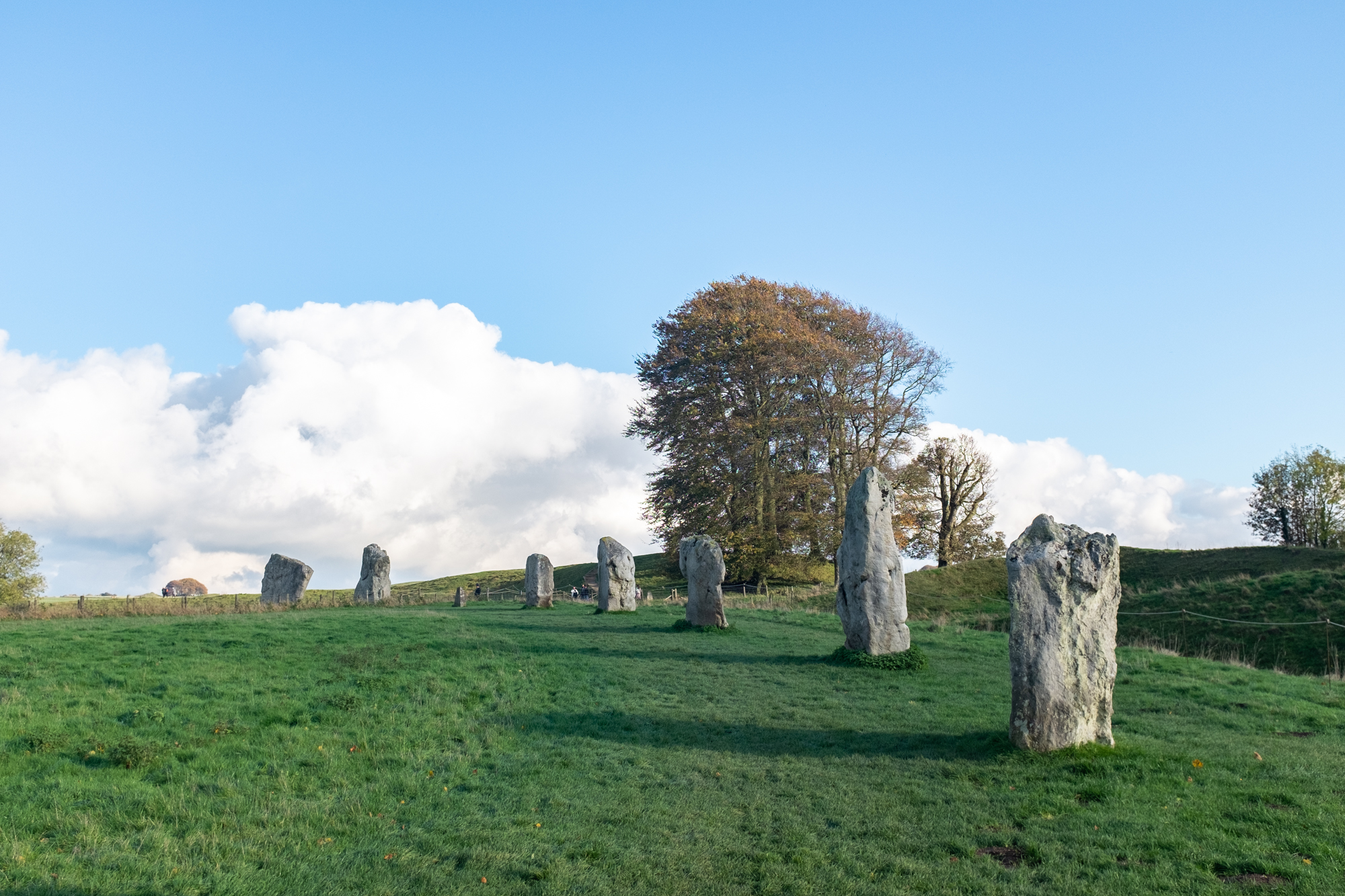
FHR: You have previously spent time as a ‘wandering minstrel’. Music, singing, landscape and pilgrimage are clearly intertwined for you. How can these different aspects be brought together in fruitful ways -do you have any personal examples which are particularly meaningful to you?
I think that song is a sacred human mystery ritual as powerful and important as pilgrimage. Song can amplify pilgrimage by functioning as a destination, or as a gift to offer at holy places to unify and ‘tune’ your journey. The song you sing is the tune you get!
Songs are great for churches, where many people don’t know what to do. The right song always works. It’s an instant ritual that weighs nothing and never runs out.
I also use SONG as an acronym to describe the four layers of spiritual connection: Self, Other, Nature and God. The methodology to follow this is SING – Slowness, Intention, Needs, Gifts. I think I’m on some kind of spectrum with this stuff, but I find it helps.
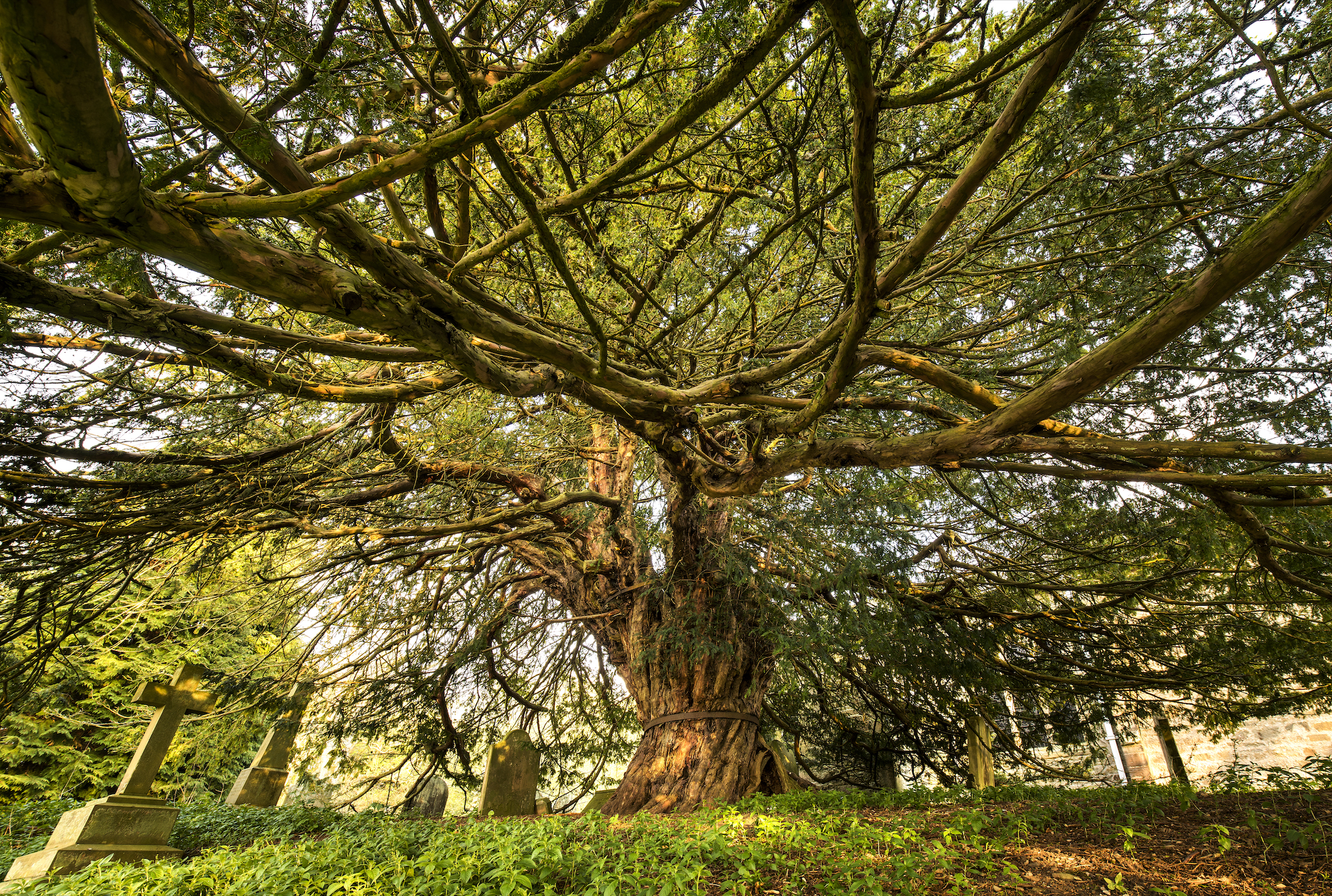
FHR: We live in troubled times. How can pilgrimage help us in the modern world?
Pilgrimage is the most ecologically sincere act we can make, in terms of reducing your carbon footprint. I am waiting to meet an eco-statistician who can work out how much less CO2 Britain would release if everyone in Britain made a two week pilgrimage each year.
But of course it is ecological, is it fundamental and basic. Pilgrimage is a dive deep into the simple animal reality of life on earth. It is a way to reconnect on many levels (see SONG above). It allows access to truth through the most immediate and powerful form – personal experience, unmediated, raw and true. It is the holy day we need.
Pilgrimage offers health for the physical body, by curing the disease of being sedentary lives. It gets the blood flowing, the bones and muscles in communication, and the mind active. It also helps us to relax, and to face our emotional issues. It forces us to meet people outside our normal community groups, which is good for both the pilgrim and the community.
Pilgrimage also offers economic benefits, for both pilgrim and host communities. It’s a cheap way to get therapy and exercise and a holiday, which in return drip-feeds the rural economy. It’s tourism without cars.
Another of the gifts of pilgrimage is that once the trappings of status are removed, the car, house and bank balance, what remains is something more essential. It’s you, on your path, journeying toward your hopes. This is not a loss of self – it’s more like a revealing! In the context of pilgrimage, disconnected from friends and family, work colleagues and children, the expectations to behave in certain set ways are entirely gone. Apart from walking, how you fill your mind and time is yours to decide. Who you are, really, has the space to become who you are, actually. This helps people be more interesting, happy, and beautiful.
Pilgrimage is a cultural practice that aims to normalise taking 3 weeks ‘off’, to walk through beautiful countryside with only the possessions you carry, meeting strangers and making friends, among the weather and the landscape, with your blood flowing and muscles moving as they were made to do. If we can make this a reality in Britain, we’ll simply have better lives.
Pilgrimage is not made irrelevant by the modern world. The more crazy, digital, sedentary and fearful our modern world becomes, the more relevant and timely is pilgrimage as a clarion of health and sanity.
FHR: I was particularly interested to hear about your discovery of the old pilgrimage route from Southampton to Canterbury. This comes at a time when the work of Shirley Collins with her deep connection to the South Downs landscape is enjoying a remarkable renaissance. Some Revivalists will also be familiar with Justin Hopper’s The Old Weird Albion which charts a series of explorations of myths and forgotten histories across the South Downs of Hampshire and Sussex. With Rupert Sheldrake as one of your Trustees I am tempted to see these connections as a form of morphic resonance! Can you tell us a bit about this route and any reflections you might have on associated connections and synchronicities.
It may be morphic resonance – or it might be because all these people are based in London and the South East, for whom Sussex is the local fay space.
The Old Way route I found on the Gough Map, Britain’s oldest road map. The truth is, I only found this by following Daily Mail clickbait. But that’s how everyday synchronicity works.
Pilgrimage, as a connective activity, naturally encourages co-incidence and syn-chrony. This is the whole point. It forms connections. The pilgrim becomes the connective ligament between places, communities and landscapes, and the journey becomes s connective metaphor for the pilgrims whole existence. If you are a follower of faith, the journey will bring you closer to your God. This is how pilgrimage functions. It forms connections, slowly, thoroughly, and on foot.
The Old Way route is Europe’s pilgrimage route to Canterbury. It was erased from history by Henry VIII, but thankfully this wonderful Gough Map survived to show its path. It connects Southampton with Cantebury, and it has been plotted to follow the best possible path. The BPT mantra for route-planning is ‘Maximum Holy, Minimum Road’. Old Way is launching in 2020. I’m currently writing the guidebook. I think it ‘may’ become one of the world’s best-loved caminos. Watch this space.
FHR: In addition to more established notions of ‘folk horror’ FHR also explores psychogeography, hauntology, folklore, cultural rituals and costume, earth mysteries, archaic history, hauntings, Southern Gothic, ‘landscapism/visionary naturalism & geography’, backwoods, murder ballads, carnivalia, dark psychedelia, wyrd Forteana and other strange edges. Are there any experiences which you have had during your various pilgrimages which speak to the theme of the haunted landscape?
Dark and light are strange bedfellows. Through pilgrimage, I have slept in long barrows and haunted houses, have drunk from holy wells and river sources, have sung in caves, chapels and hollow trees, to cows, snails, nightingales, refugees, madmen and Princes. I have been given food, shelter, symbols, songs, maps, lessons, animals, quests, and (once) a diamond. I have followed rivers from source to sea, and sung to their every tributary. I’ve made pilgrimage to battle sites, river confluences, hilltops, graves, pubs, hedges, trees, cathedrals, people, and an invisible palace (once). I’ve met prostitutes, mercenaries, psychics and oil tycoons. Once, I met a giant, and surrendered it my life. There have been several ghosts, and possibly one angel.
But the strangest thing that has ever happened, and the oddest encounter I have ever experienced as a wandering minstrel or a pilgrim, is me. Being me is the strangest challenge of my life. But it’s also pretty much the only thing I have any choice over. I think we all know this.
FHR: Do you have some final reflections for Folk Horror Revivalists?
I’d like to leave this interview with a core message. You are already a pilgrim. And there is a journey that you already know you need to make. So name the place that may offer your hoped-for wholeness, the completeness you lack. This is your destination, and a holy place. Then tell yourself what answer or blessing you seek. This is your intention, and you should hold it closely. Then walk. Carry your intention to your destination, and when the two meet, connection will be made.
That’s pilgrimage, in a nut-shell. And now the tradition is as much yours as mine.
See you on the path. Walk well.
FHR Footnote: In March 2020 Will Parsons announced that he was standing down from his role at the British Pilgrimage Trust in order to follow other paths. One of these is the path from his home in Canterbury to Anglesey (and back), his aim being to connect these two great centres of British spirituality. His journey can be followed at @willwalking. Folk Horror Revival wishes Will all the best in his future travels.

